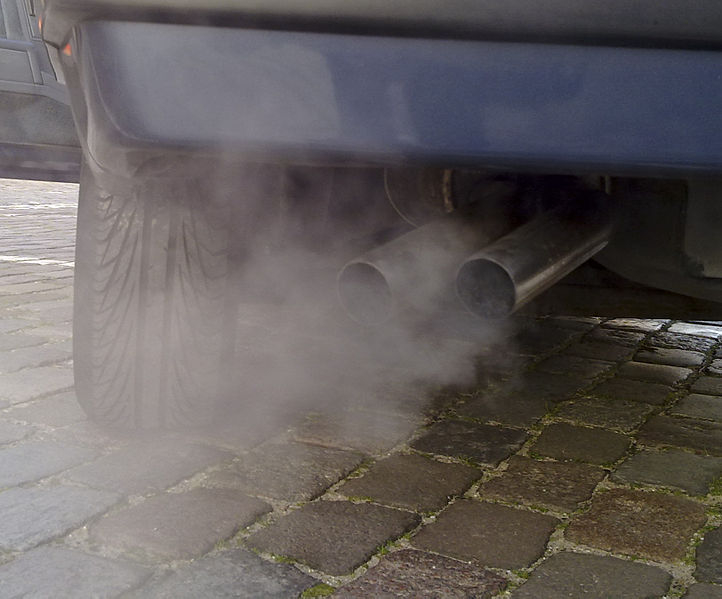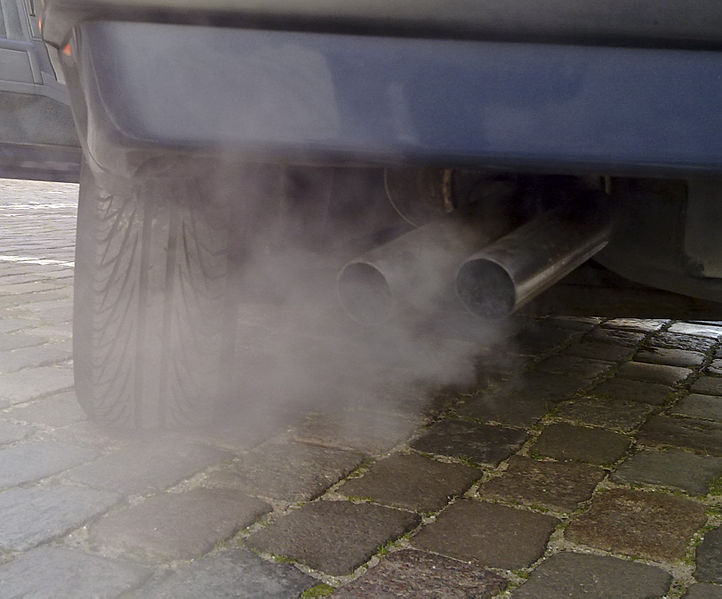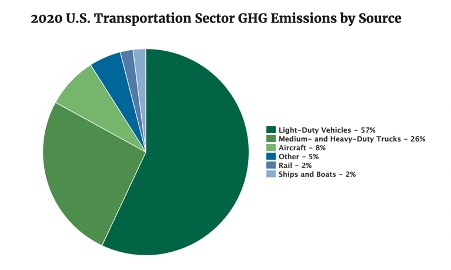TRANSPORTATION DRIVES GREENHOUSE GAS EMISSIONS
The transportation sector as a whole is the largest culprit when it comes to greenhouse gas emissions. All cars, trucks, aircraft, ships, and trains combined account for 27% of the GhGs that are emitted from tailpipes in the US. All this carbon dioxide and methane is causing the so-called greenhouse effect, trapping too much heat in the earth’s atmosphere. The results? Global warming and climate change. Our oceans are turning more acidic, our sea levels are rising, the number and severity of storms, droughts, and floods is up, and animal species are going extinct.
SMOG
Cars and trucks running on gasoline or diesel do not just expend carbon dioxide though. They also release smog forming emissions, such as nitrogen oxide, non-methane organic gases and carbon monoxide. These gases get trapped much closer to the ground, forming a brown haze (smog) that is polluting our air and is sometimes visible in the summer, hanging over big cities. It's bad for out health, causing serious illnesses such as respiratory infections, heart disease and lung cancer.
Did you know… a typical US passenger car emits about 4.6 metric tons of carbon dioxide a year? That’s more than the entire carbon footprint per year of a Swedish person – just from your car.
THE IMPACT OF PASSENGER CARS
Within the transportation sector, light duty vehicles (cars, SUVs, vans, and pickup trucks) are responsible for 57% of GhG emissions. All passenger vehicle drivers combined therefore are having a major impact on the amount of carbon dioxide this country send up into the air every year.







